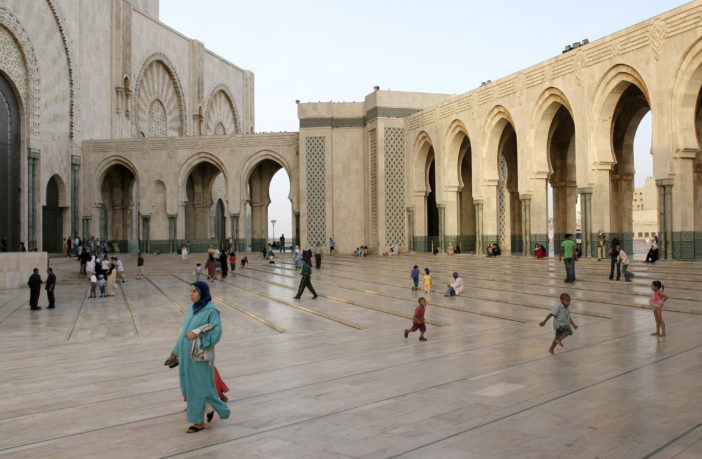Bloomberg
Souhail Karam
State firms’ external debt to raise nation’s finance costs.
The cost of financing Morocco’s economy will climb if state-run companies don’t rein in their external borrowing spree, the head of the country’s planning agency warned.
“Strict vigilance is in order today,” said Ahmed Lahlimi in written replies to emailed questions, “especially since the external debt of public companies has started to slightly surpass” the government’s. At their current rate of growth, state companies’ external debt will reach 17 percent of GDP in 2019, up from 10.4 percent in 2010, he said. That would be the highest on record, according to Finance Ministry data.
Companies such as Office Cherifien des Phosphates, the state renewable energies authority, and railway monopoly ONCF raised 118 billion dirhams ($12.5 billion) in external debt in 2012-2016 to help fund 374 billion dirhams in investments. These included massive fertilizer plants, large solar and wind projects and Africa’s first high-speed rail link, official data show.
At the same time, Morocco has made strides in stabilizing its public debt and reducing its budget- and current-account deficits. The government plans to cut the ratio of debt to gross domestic product to under 60 percent in 2021 from 64.7 percent in 2017.
While the North African nation has escaped much of the turmoil that has gripped other neighbors following the 2011 uprisings against longtime leaders, public discontent has been rising, particularly in regions that have endured chronic under-development. Higher financing costs may exacerbate a slowdown in investment growth, hurt competitiveness and potentially dim foreign investors’ interest.
Gap Financing
Lahlimi said he sees the economy’s financing gap “stabilizing” at an average 4 percent of GDP in 2018 and in 2019, down from 5.5 percent over the 2012-2017 period. The government will have to plug that gap in equal parts through debt and foreign direct investment, he said, and that can hurt its plan to bring the GDP/debt ratio below 60 percent in 2021.
Lahlimi also predicted:
Overall outstanding public debt — a composite of central government and state company debt — will rise to 82.7 percent of GDP in 2019 from 81.4 percent in 2016
The government’s domestic debt will rise to 51.7 percent of GDP in 2019 from 50.7 percent in 2017
- Its external debt will ease to 14.1 percent from 14.3 percent in 2017 and 11.8 percent in 2010
- Trade deficit to average 18.6 percent of GDP in 2018 and 2019, versus 17.8 percent last year
- Slowdown in government receipts growth will widen budget deficit to 3.9 percent of GDP in 2018 from 3.4 percent last year; gap projected to narrow to 3.6 percent in 2019
(Updates with projections on trade deficit, revenue in last section.)








